Uummannaq is an island in the North West of Greenland, located 590km from the Arctic Circle. ‘Uummannaq’ means “Heart-shaped” in Greenlandic language., so- named due to apparence of the island’s mountain.
This rock has 1280 inhabitants most of whom are hunters and fishermen. Fishing is the main economic activity. Lifestyle is still closed to nature. However, climate change and modern world is progressing and society is transforming.
On the island, lifestyles are increasingly westernized. Fishing are becoming more industrial. Sled dogs share the pack ice with cars, quads and scooters. In 2004, there were over 5000 dogs; by 2017, this number had reduced to just 500. Mobile phones and social networks are the new thing!
The landscape is now affected by modern infrastructures such as supermarkets, a cafe, a gas station. Importated European products make life simpler, but these also responsible for health problems like diabetes and pollution. In town, all the waste is burned in the open air, as there is no waste facility. Traces of dioxin have been found in the lake. Both the health and food security are under threat. Many people are leaving for the city, Nuuk or Denmark to find job and a more comfortable life. Which is more responsible for these problems: climate change, or the race towards a modern economy that is steering Greenland towards becoming a materialistic society ?
This series shows the daily life of a metamorphosis population. A Greenland torn between traditions and modernity, ecological disaster and power, withdrawal and resistance. [April 2014 – March 2015 With the support of the Glenat company, twinning committee Granville-Uummannaq, Tuullik, Uummannaq Art Center ]
About Camille Michel
Camille Michel is a french photographer who studied arts at Paris 8 Uni- versity and photography at the Arles National school of Photography. Her photography are poetic documentaries. Her work addresses the relationships between human and the environment, and their respective impacts, for societies in close proxomity to nature. The influence of nature, sometimes hostile, on the way of life of men and the humain damage on the environment. What relationships do man and nature have in the 21st century ? What survives today of the traditional culture ? What is the impact of industrialization ? She uses to document the daily life of populations and communities in times of great upheaval . She has been represented by the Hans Lucas Studio since 2015. She is member of the photographic observatory of the poles. [Official Website]
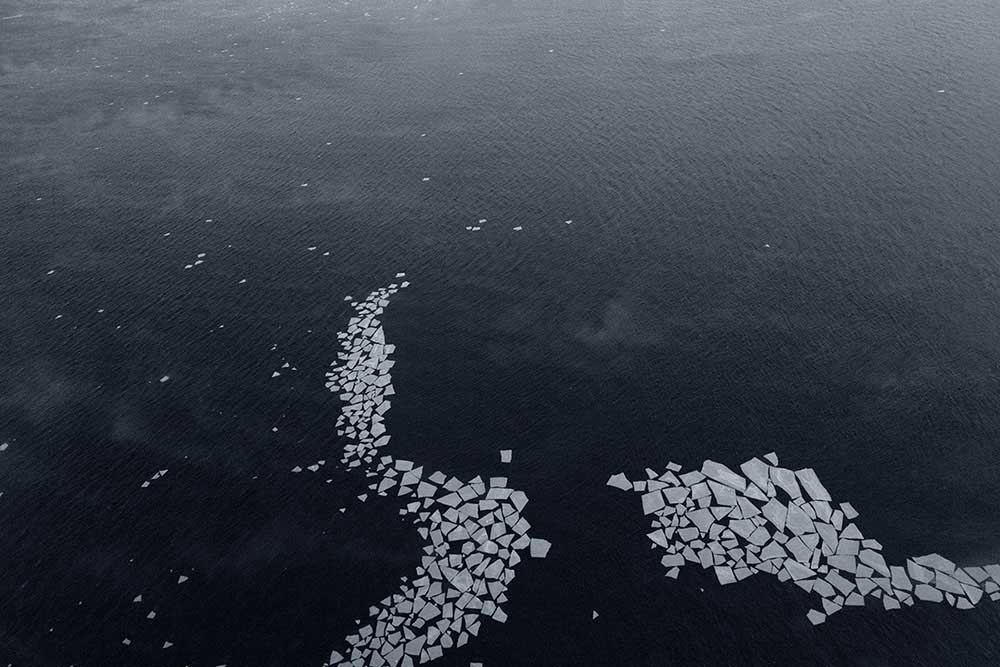
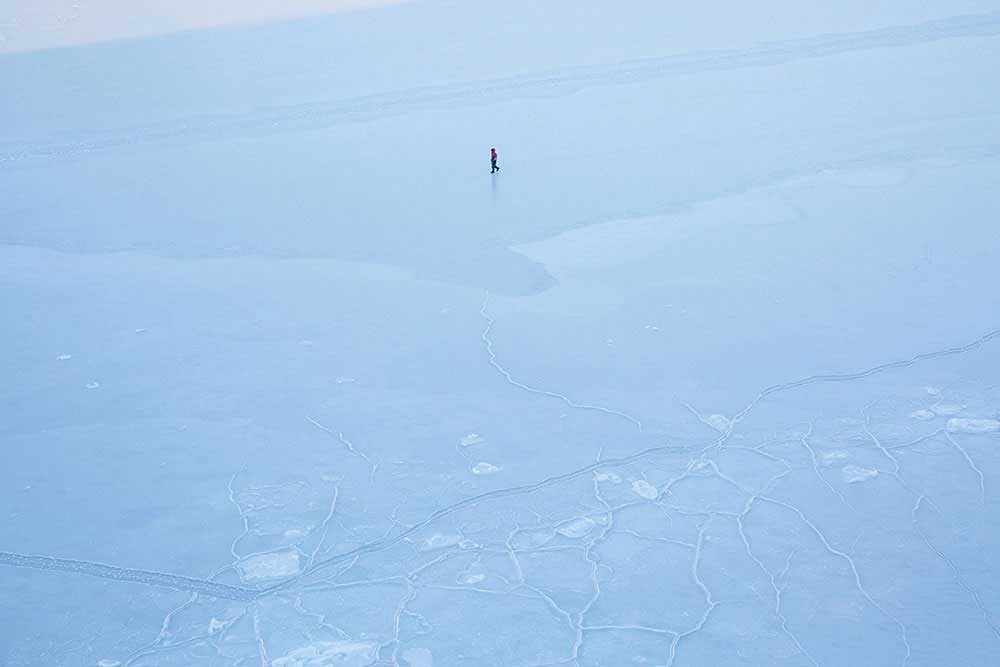
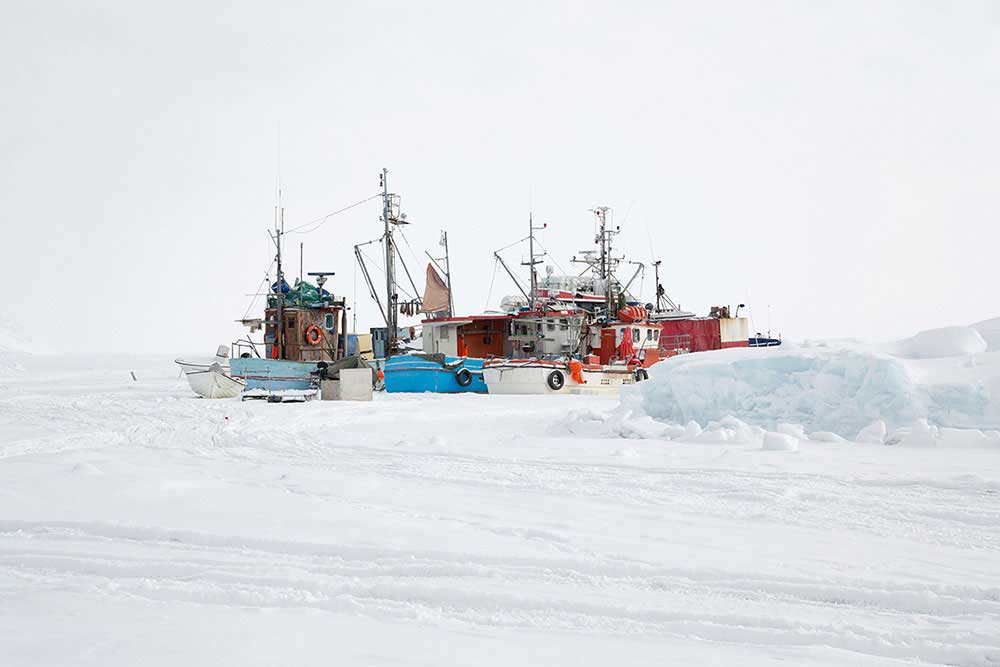
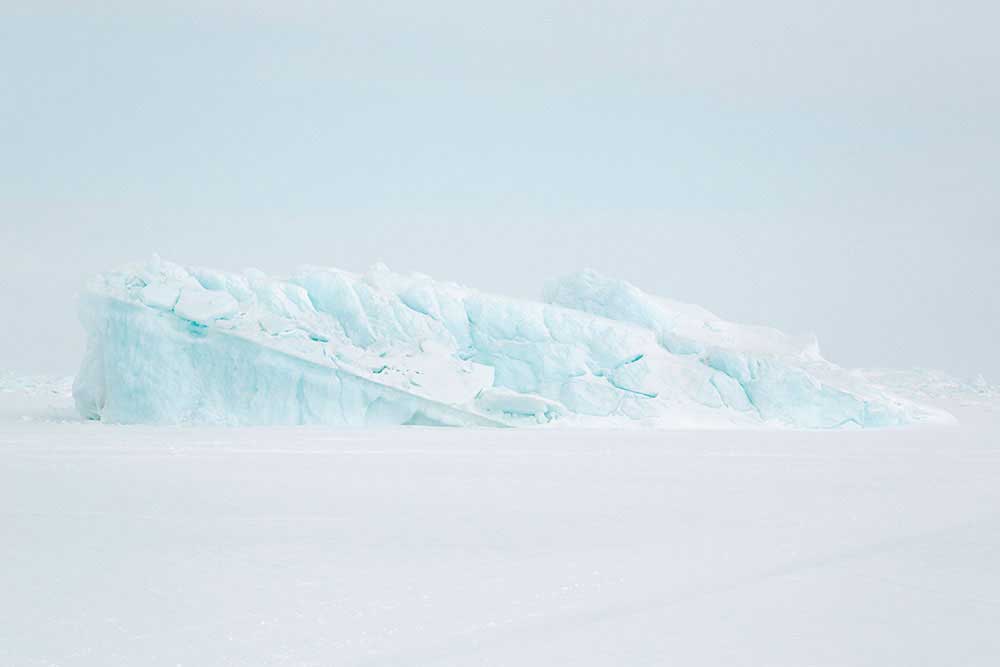
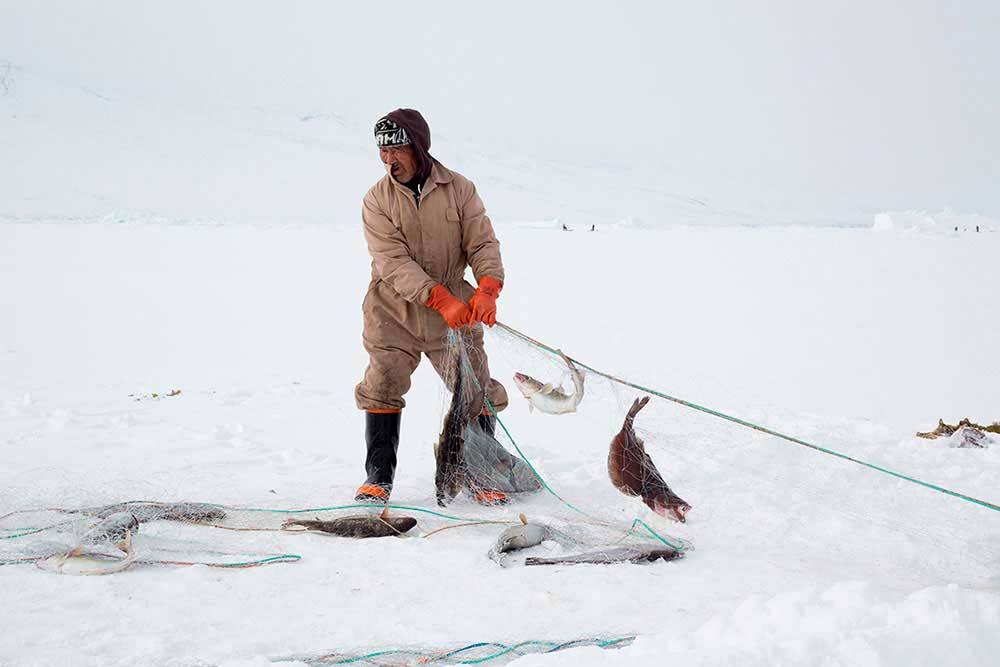
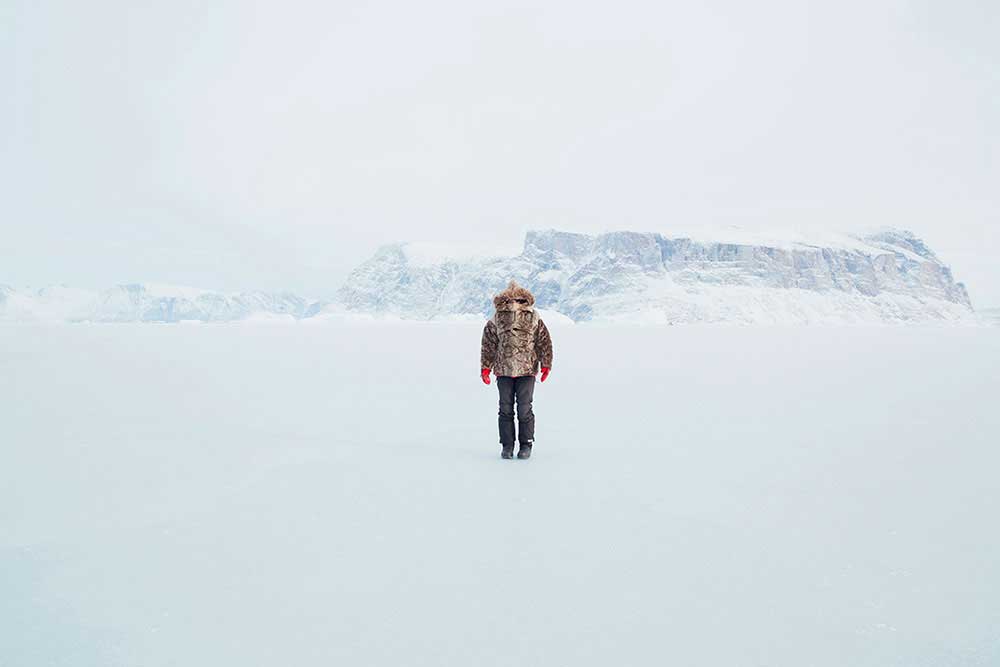
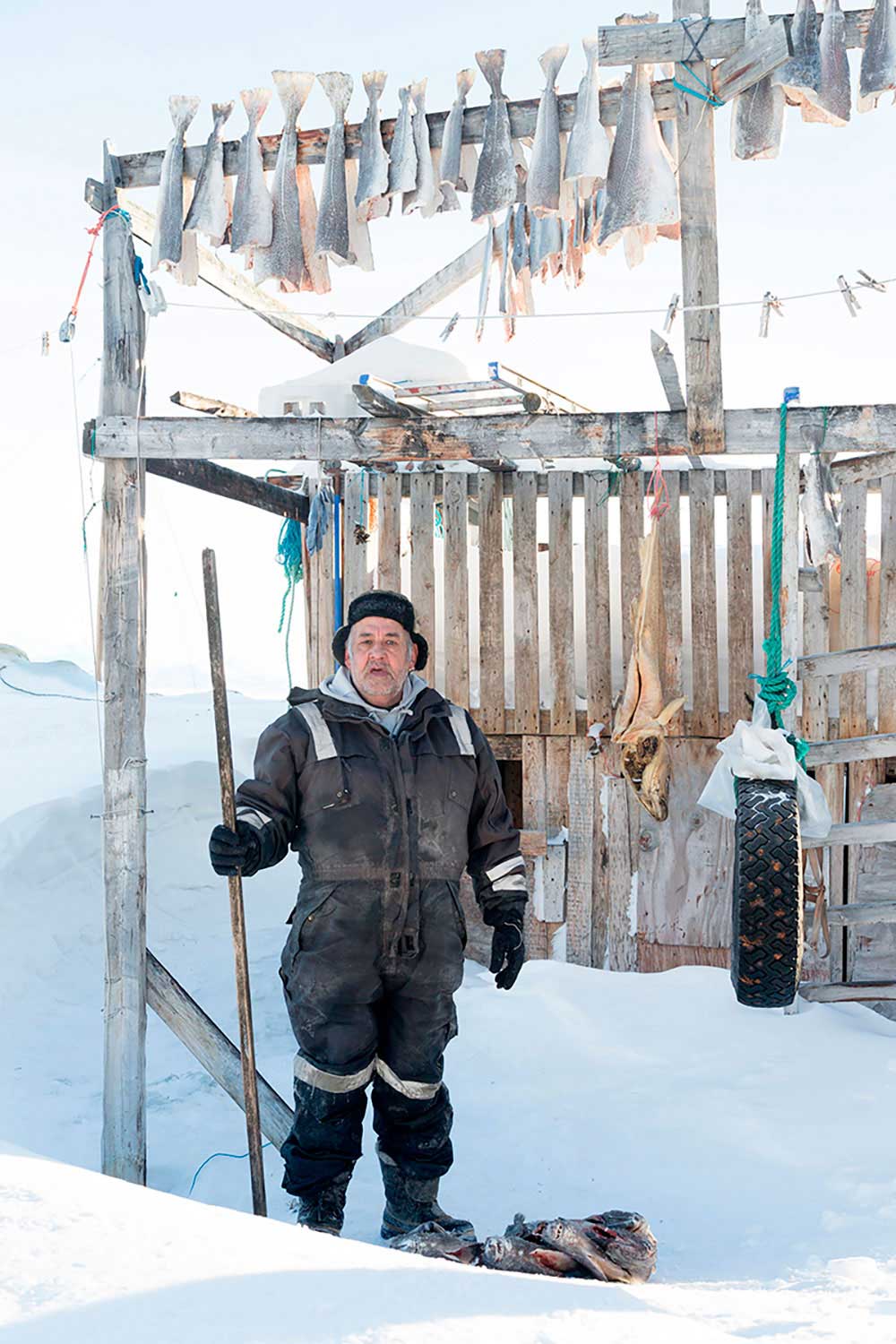
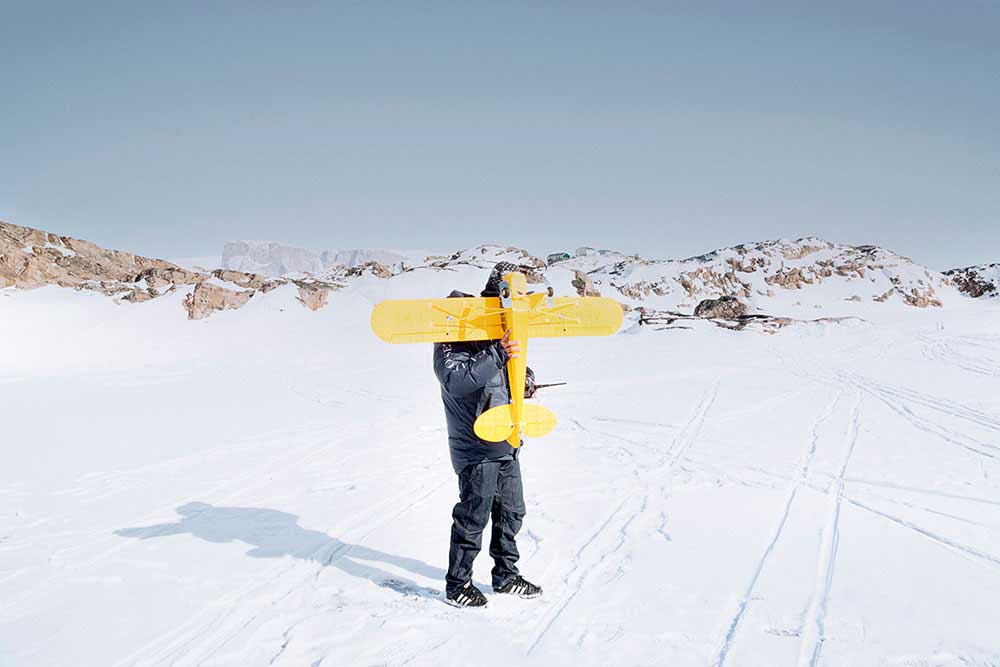
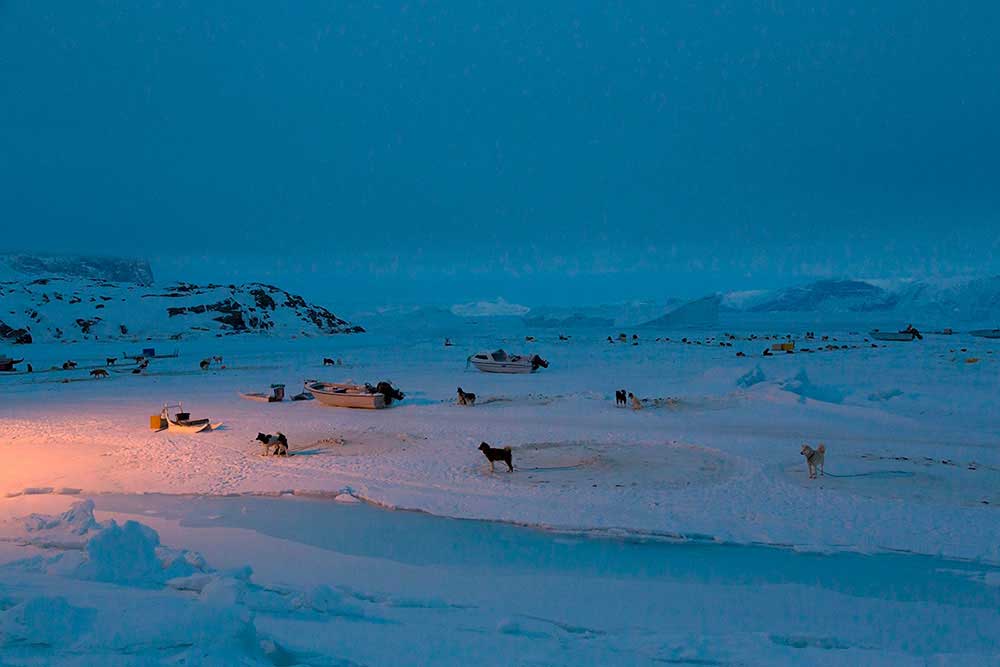
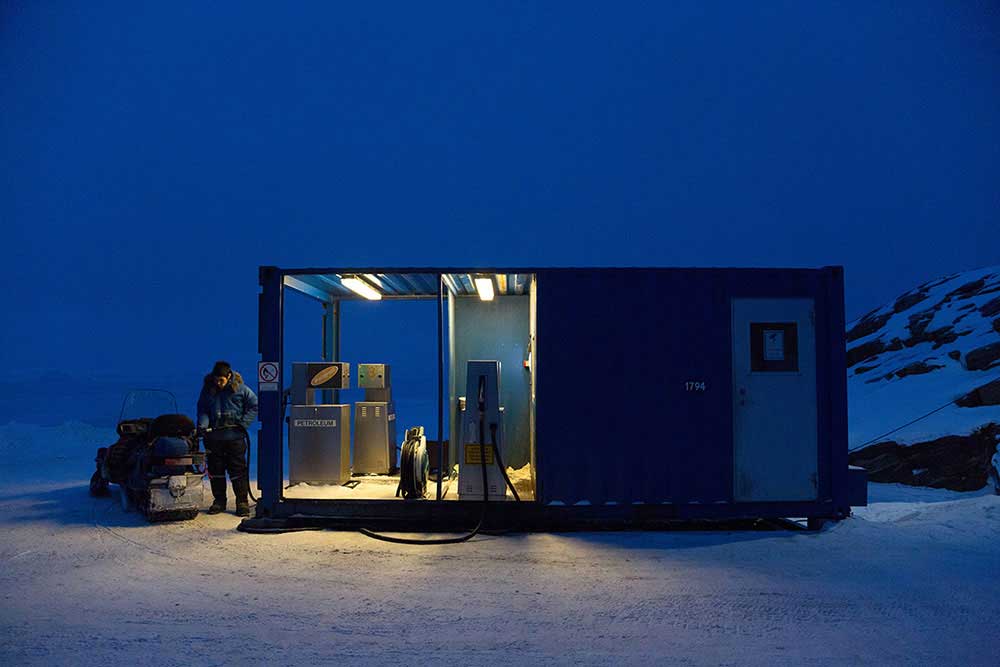
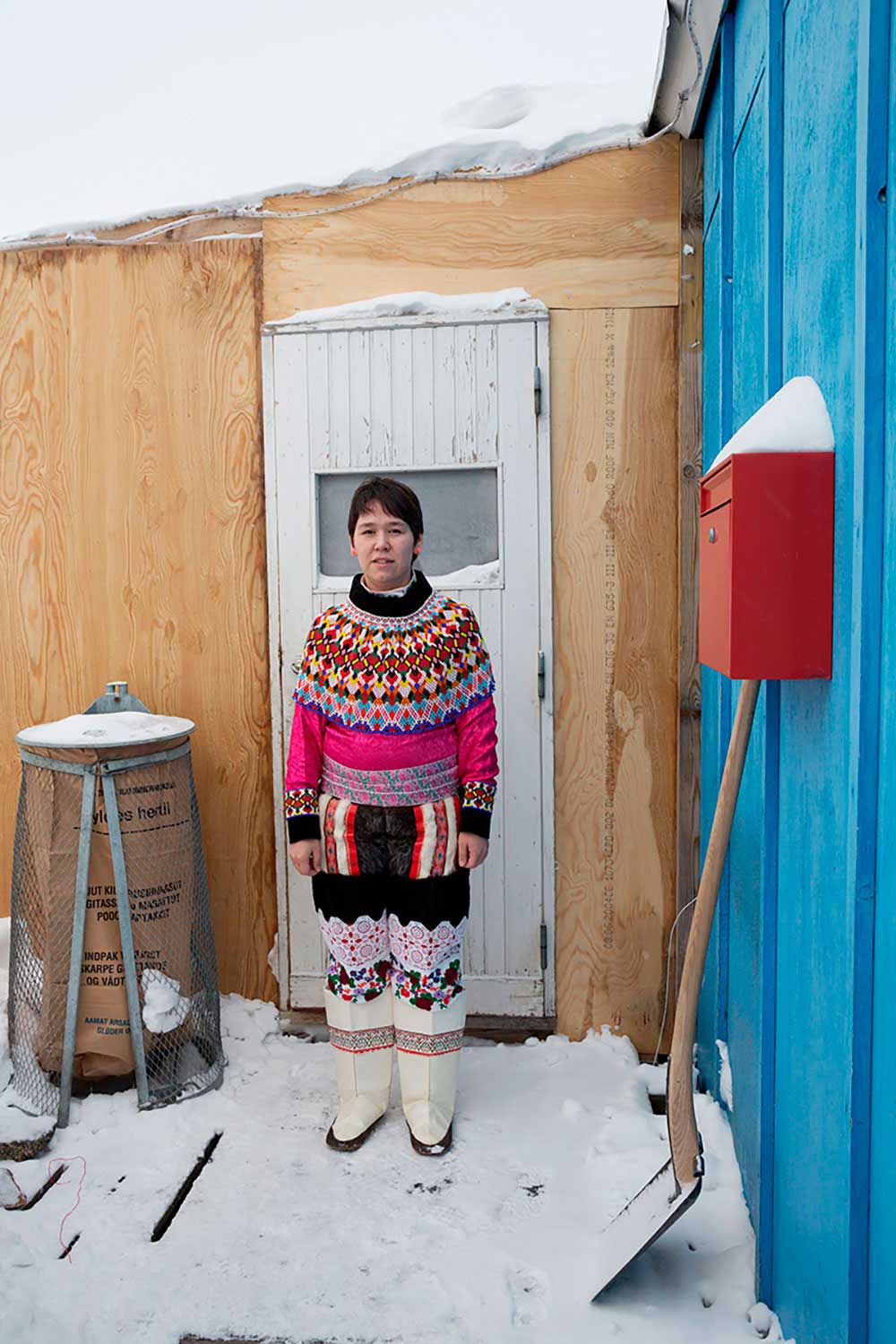
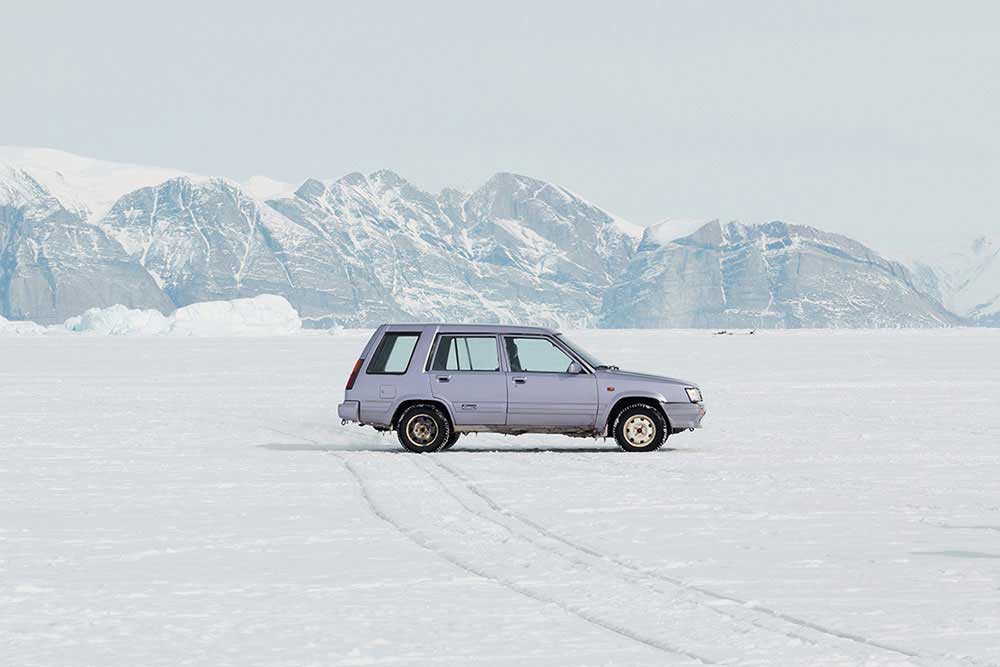
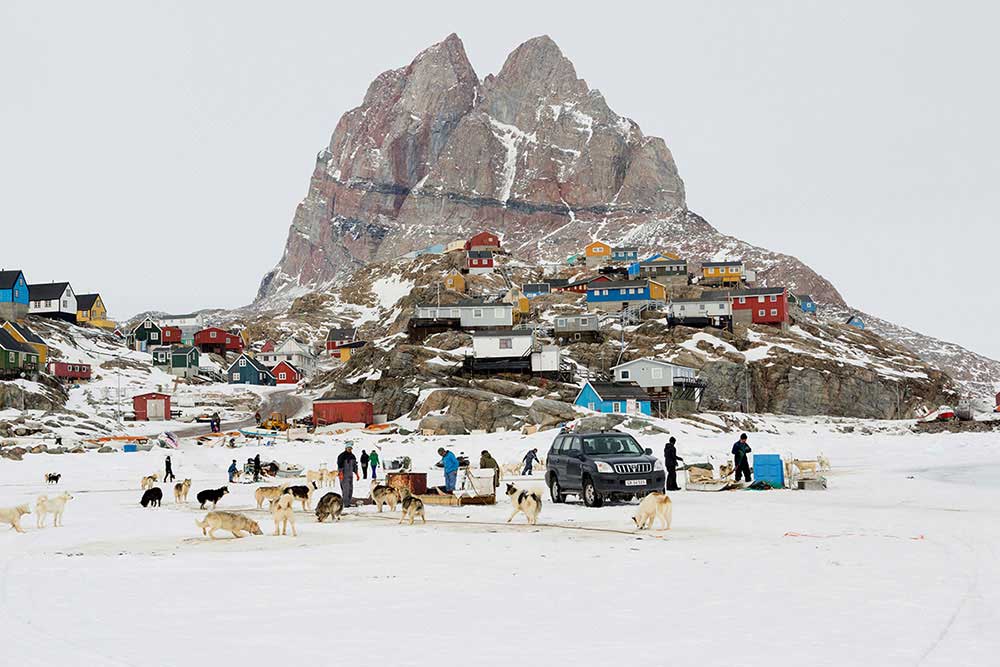
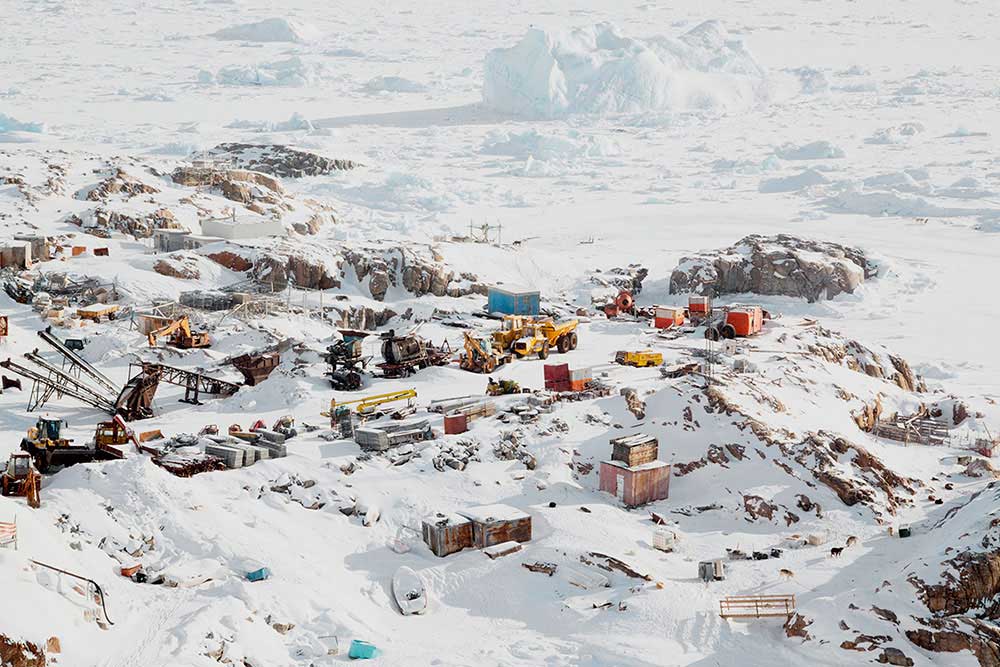
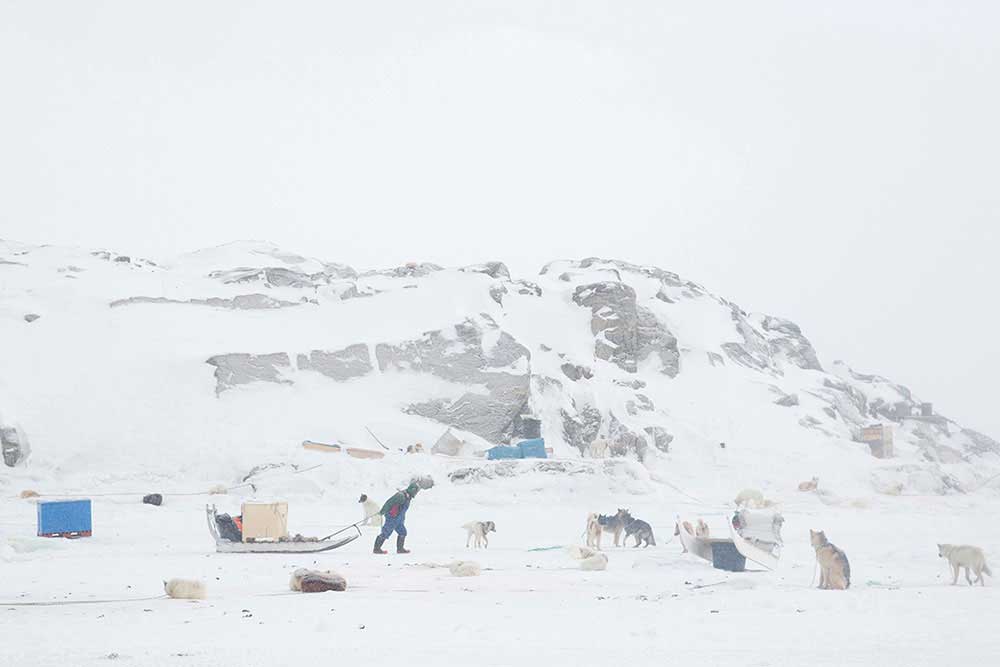
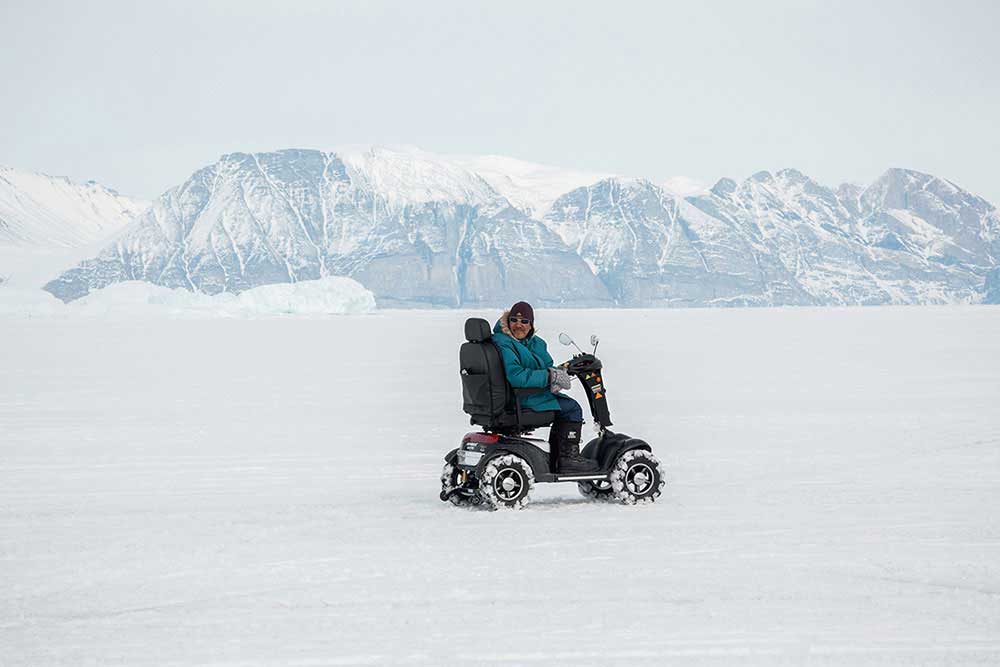
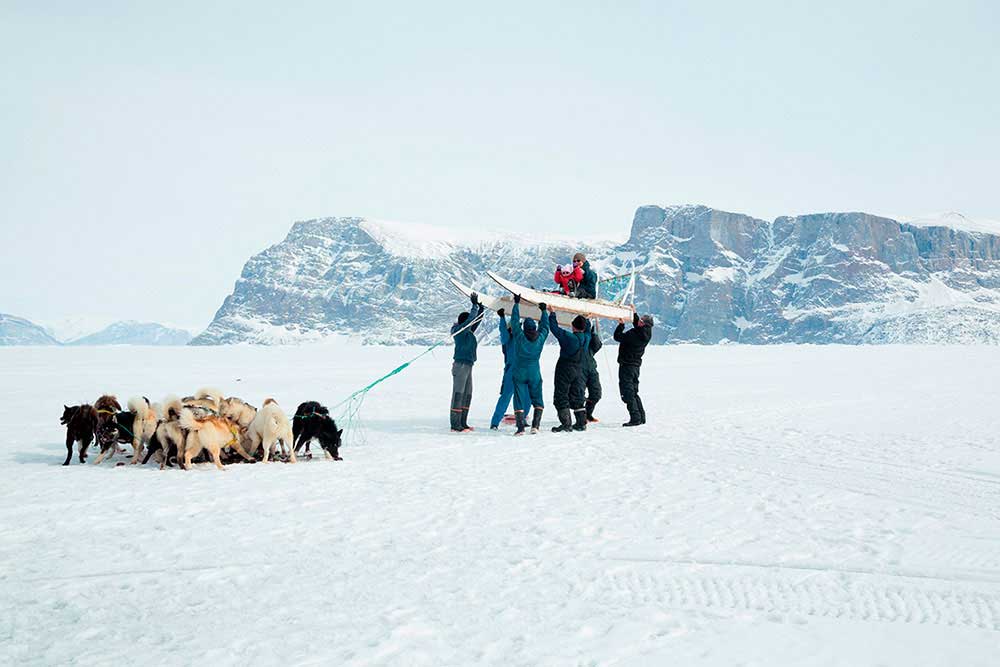
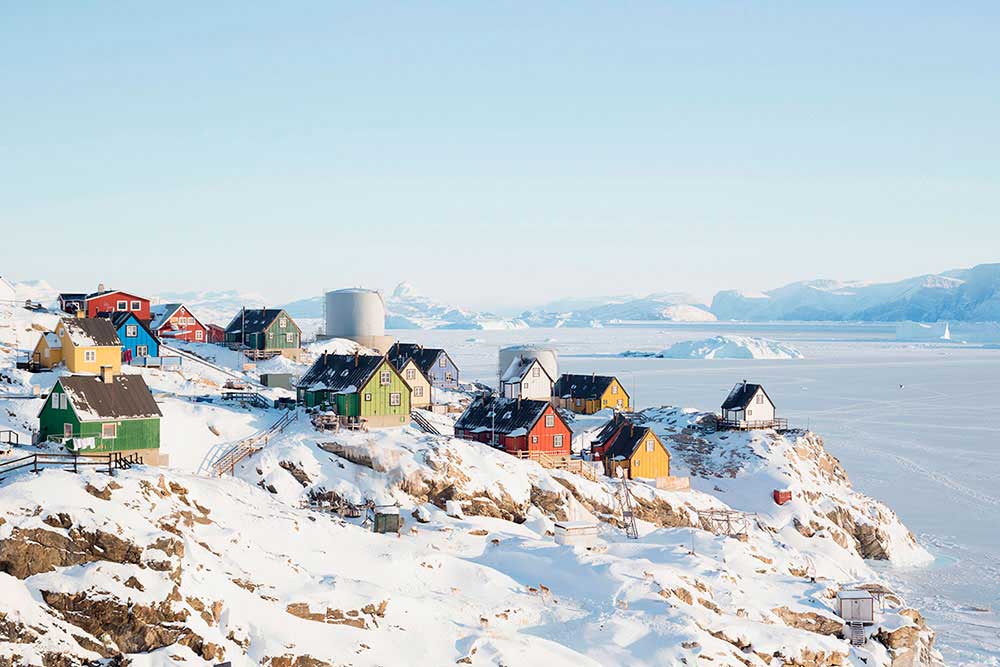
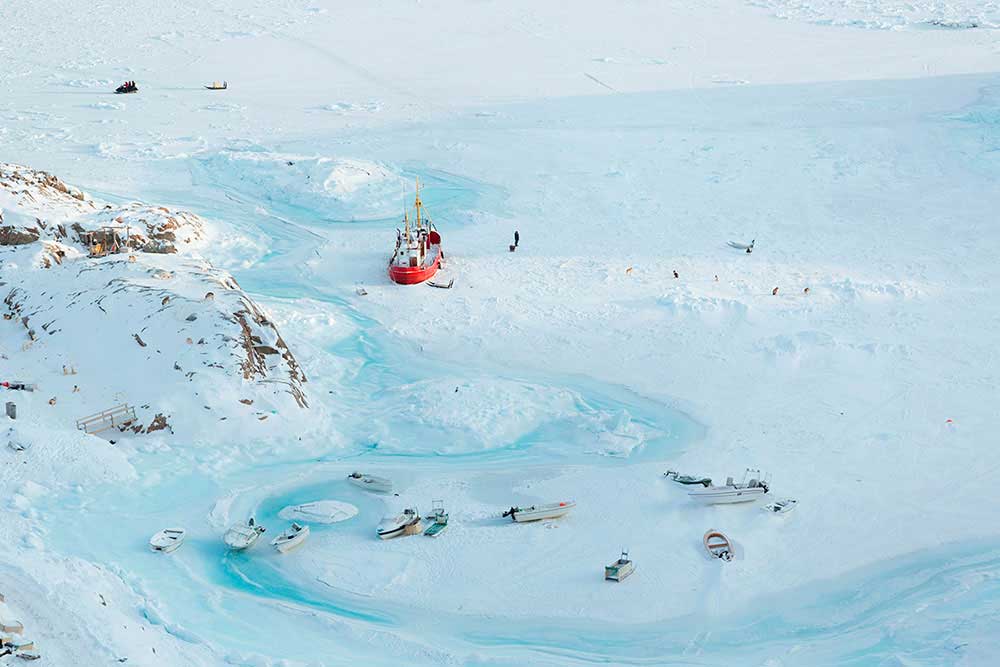
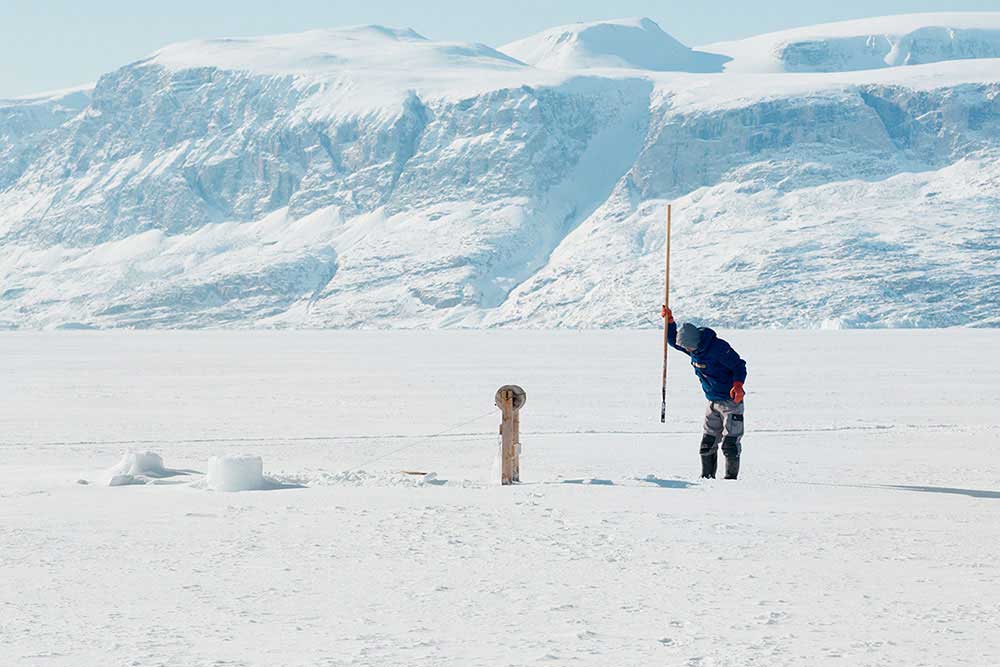
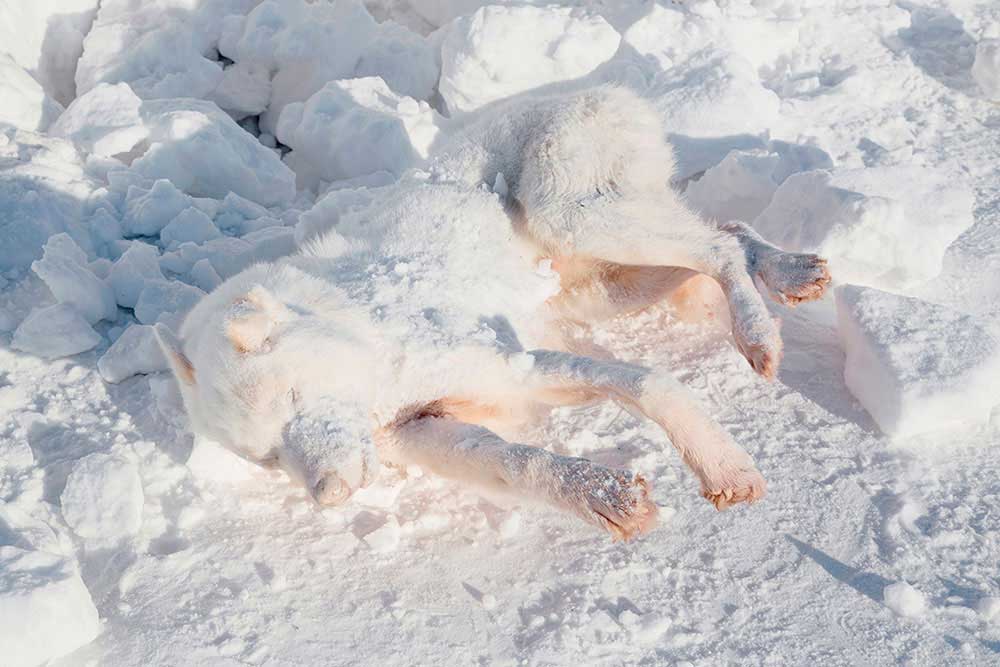
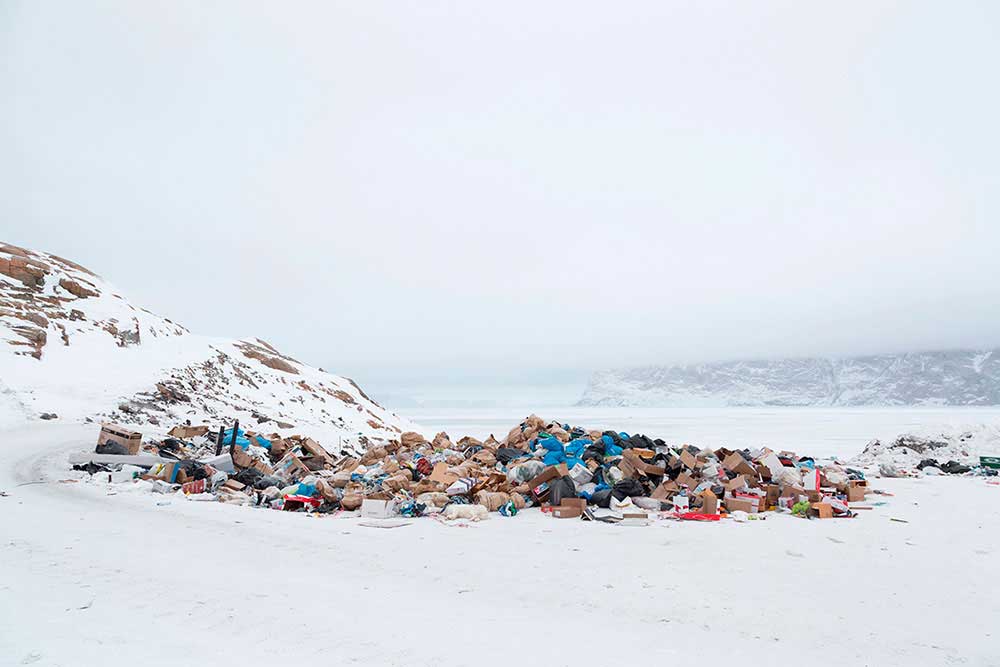
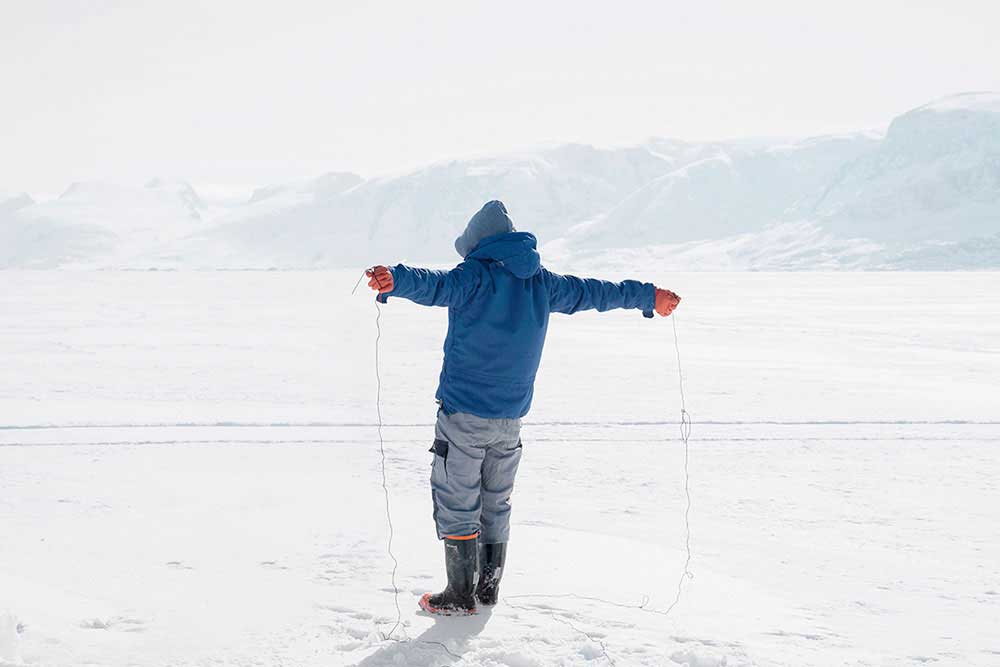
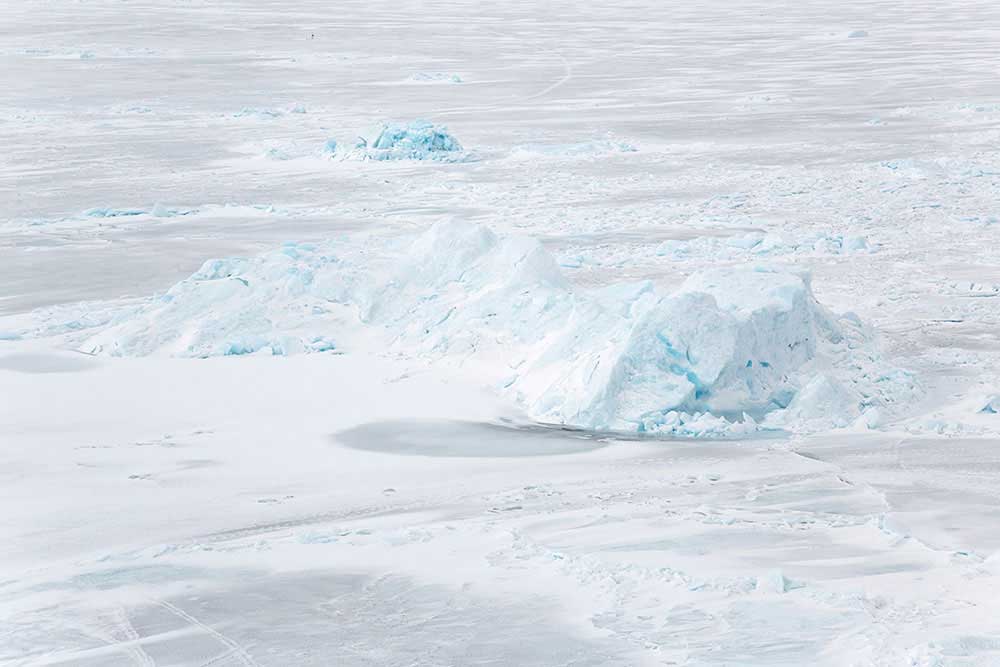
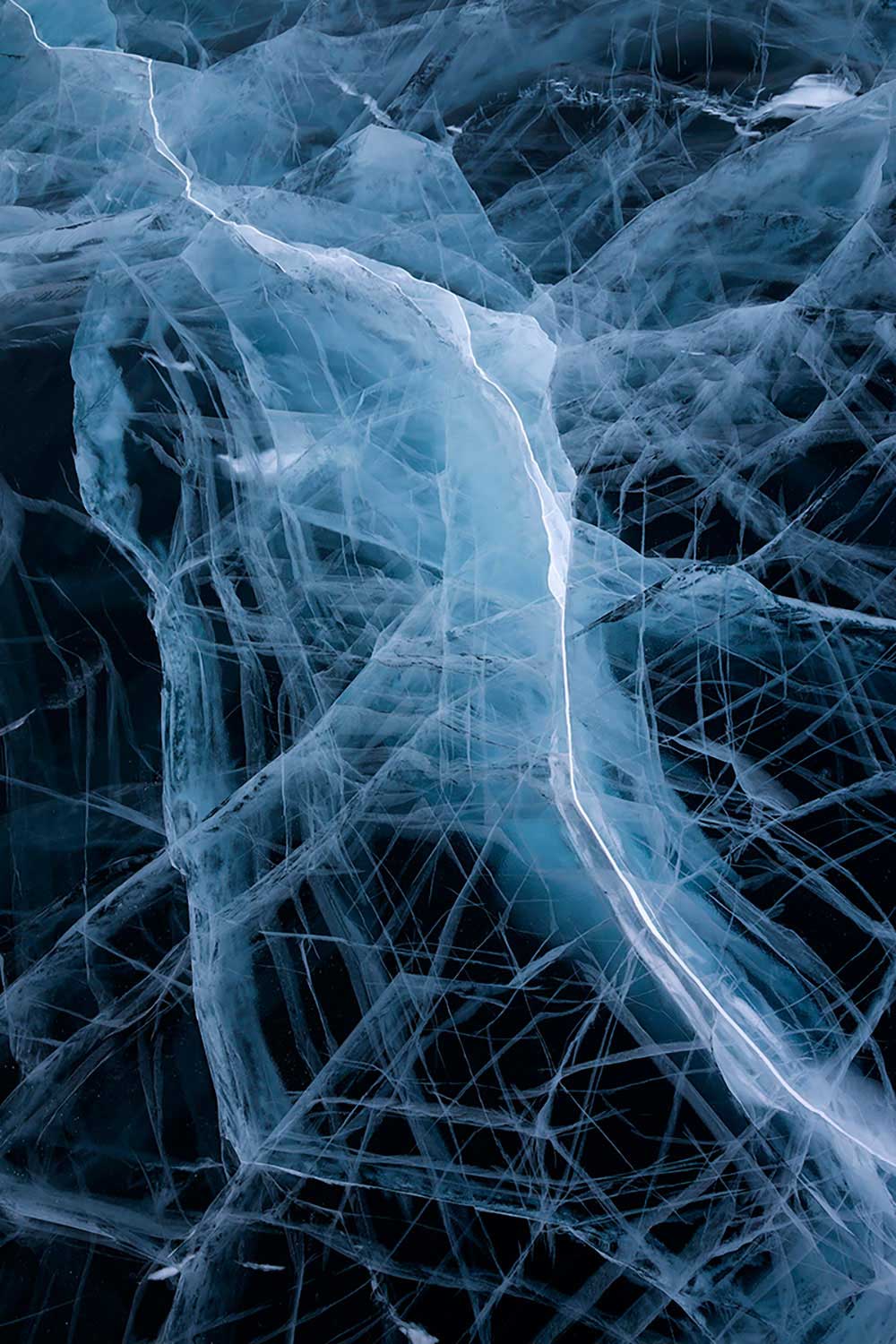
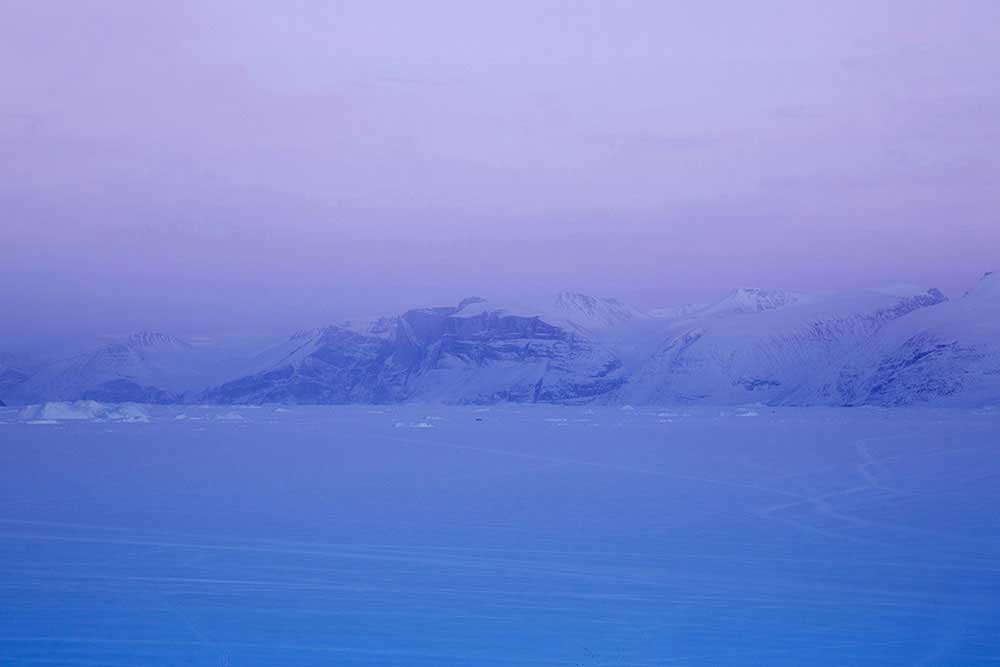







One comment
Victoria
Jun 27, 2018 at 16:36
Very well done! This is fantastic photography on a very interesting topic! Also very courageous and I guess not very easy to go there. Thank you for this valuable contribution on survival of traditional culture and alternative life in our modern times!
Comments are closed.